Microneedles and Transdermal Drug Delivery: A Dynamic Duo
One of the major uses of microneedles is transdermal drug delivery. But the success of this route has severely limited by the inability of some medications to enter the skin at a therapeutically useful rate.
Just recently, there is an increasing use of micron-scale needles in increasing the skin permeability. It has been shown that it dramatically increase transdermal drug delivery especially for macromolecules.
Using the microelectronics industry tools, microneedles are fabricated with different shapes, materials and sizes. Most studies on drug delivery emphasized on solid microneedles. This has been shown to increase the permeability of the skin to a broad range of nanoparticles and molecules in vitro.
The in vivo studies demonstrate delivery of oligonucleotides, induction of immune responses from DNA vaccines and proteins and reduction of blood glucose level by insulin. For these studies, the needle arrays are used to pierce holes in the skin to increase transport by iontophoresis or diffusion.
Or it could also be as drug carriers that release the drug into the skin from microneedle surface coating. In an animal study, hollow type of microneedles have been developed and shown to microinject insulin to diabetic rats.
To address the practical application of microneedle, the ratio of microneedle fracture force to the skin insertion force was found out to be optimal for microneedles with large wall thickness and small tip radius.
Microneedles that are inserted into the human subjects were reported as painless. Together, these results suggest that microneedles present a promising technology to deliver therapeutic compounds to the skin for a range of various possible applications.
Why microneedles are valuable tools for transdermal drug delivery?
The transdermal drug delivery presents an attractive alternative to conventional drug delivery techniques of injection and oral administration. However, stratum corneum acts as important barrier that limits the penetration of drug substances through the skin.
Recently, micron-scale needles were introduced to increase permeability. It has been shown that it can dramatically increase the trandermal drug delivery. The microneedles have been designed in various ranges of shapes, materials and sizes.
Most of the in vitro drug delivery studies have shown that these needles increase skin permeability to broad range of drugs that differ in molecular weight and size. In vivo studies demonstrated satisfactory release of insulin and oligonucleotides and the induction of immune response from DNA vaccines and proteins.
Microneedles were noted to be painless when inserted into the skin. Thus, microneedles, is a promising technology for transdermal drug delivery.
The Role of Microneedling with other enhancing strategies for transdermal drug delivery
Microneedling’s role in transdermal drug delivery has been exhaustively studied over the past decade due to its various advantages over other administration routes. However, there are limited numbers of drugs that can pass through this route due to the permeability properties of the stratum corneum.
There are recent studies about several proposed strategies to by-pass the upper skin barrier have been developed. One of the latest advances is the use of micro-scale needles which painless pierce the skin to increase the passage of drugs having unfavourable skin permeability. These drugs are hydrophilic, low potency and high molecular drugs by several orders of magnitude which aims to bypass the stratum corneum.
Microneedling have been shown to be an easy-to-use and safe route for drug administration. It is a novel alternative to needle injection and an array of drugs to attain a controlled drug release to achieve higher drug delivery.
Several works demonstrated that such device can dramatically increase the transdermal delivery of large molecules. Thus, microneedles are regarded as a potential technology approach to be employed alone or in combination with other enhancing methods such as iontophoresis and electroporation, as well as other drug carriers such as nanoparticles, microparticles and lipid vesicles.
Hence, microneedles have been viewed to ease drug diffusion through the skin including drug carrier systems and other physical enhancers.
What are the challenges of microneedling in transdermal drug delivery?
There is tremendous amount of research being done to study the influence of microneedling on transdermal drug delivery. Indeed, there is an immense potential for the use of micron-sized needles for the enhancement of transdermal drug delivery. However, for these microneedles to find widespread clinical application there are a number of challenges that has to be addressed.
These include microbial contamination, irritation and delivery of therapeutically relevant drug concentration.
There are limited choice of appropriate biomaterials, poor control of drug delivery, lack of mechanical strength and limitation of drug loading dose. Potent drugs that require low dose and also vaccines seems to be the drugs that most likely to be delivered in a therapeutically useful concentration.
Another challenge is how to delivery macromolecules which products of biotechnology are. These molecules have higher molecular weights and high hydrophilicity making it harder to deliver across the skin. There are some concerns about microneedles that are fabricated from polymers and silicon which does not have adequate mechanical strength to pierce the skin. Ideally, the microneedle should be fabricated with high fracture force and low insertion force.
It may also be cumbersome for microneedle to be applied in two-step manner, which is to porate the skin and then apply a patch. It is interesting to use hydrogel-forming microneedles. There is also a need to balance to penetration enhancement with painlessness.
What are the advantages of microneedles in transdermal drug delivery?
The transdermal drug delivery through the help of microneedling offers a number of advantages including sustained release, improved patient compliance and avoidance of gastric irritation. Most importantly, it avoids elimination of pre-systemic first-pass effect.
However, there are only few medications that can be delivered via the transdermal route in a therapeutic amount. Thus, microneedles can be used to enhance the effect of transdermal drug delivery. It is not surprising to note that there are different types of microneedles are fabricated and described.
Microneedles can be in different from, solid, dissolving and hollow. There are also hydrogel-forming microneedles. These are innovative microneedles which does not contain drug but imbibe interstitial fluid to form a continous conduits between the dermal microcirculation and attached a patch-type reservoir. In fact, there are several microneedles that are approved by regulatory authorities for clinical used.
Bibliography
Escobar-Chávez JJ1, Bonilla-Martínez D, Villegas-González MA, Molina-Trinidad E, Casas-Alancaster N, Revilla-Vázquez AL. (2011). Microneedles: a valuable physical enhancer to increase transdermal drug delivery. J Clin Pharmacol. , 964-77.
Ita, K. (2015). Transdermal Delivery of Drugs with Microneedles—Potential and Challenges. Pharmaceutics , 90-105.
MR1., P. (2004). Microneedles for transdermal drug delivery. Adv Drug Deliv Rev. , 581-7.
Nava-Arzaluz MG1, Calderon-Lojero I, Quintanar-Guerrero D, Villalobos-Garcia R, Ganem-Quintanar A. (2012). Microneedles as transdermal delivery systems: combination with other enhancing strategies. Curr Drug Deliv. , 57-73.


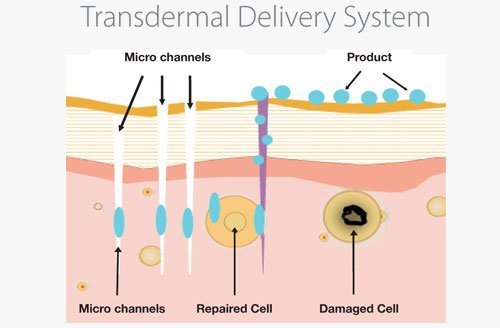
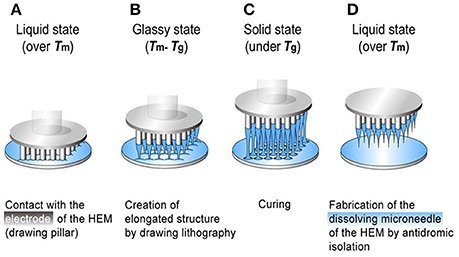
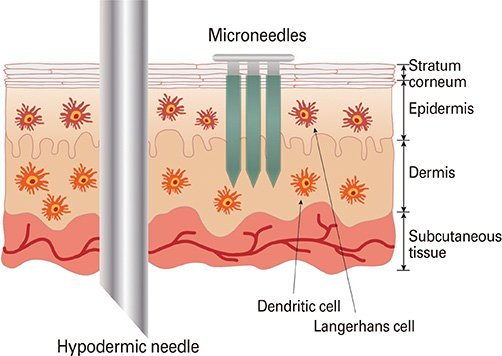
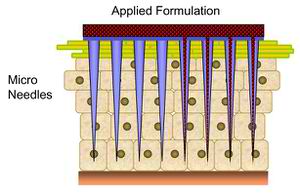
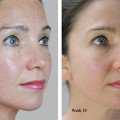





Please add your thoughts
Leave a Reply
Want to join the discussion?Feel free to contribute!